When going for a swim in Cyprus, encountering a sea urchin or a jellyfish is probably the last thing that comes to mind, as we tend to associate these unusual sea creatures with more tropical locations. However, Cyprus is home to many unique sea creatures, including several local varieties of sea urchins and jellyfish. And, in the last couple of years in addition to the island's endemic species, some invasive varieties have arrived and made Cyprus their home. But, as pretty as they might look, some sea urchins and jellyfish can be venomous and whilst they are not deadly, their sting is not the most pleasant thing in the world. In this article let's explore the fascinating world of these sea critters, discover some interesting facts about them and learn how to avoid getting stung and how to act if it does happen. Let's dive into it!
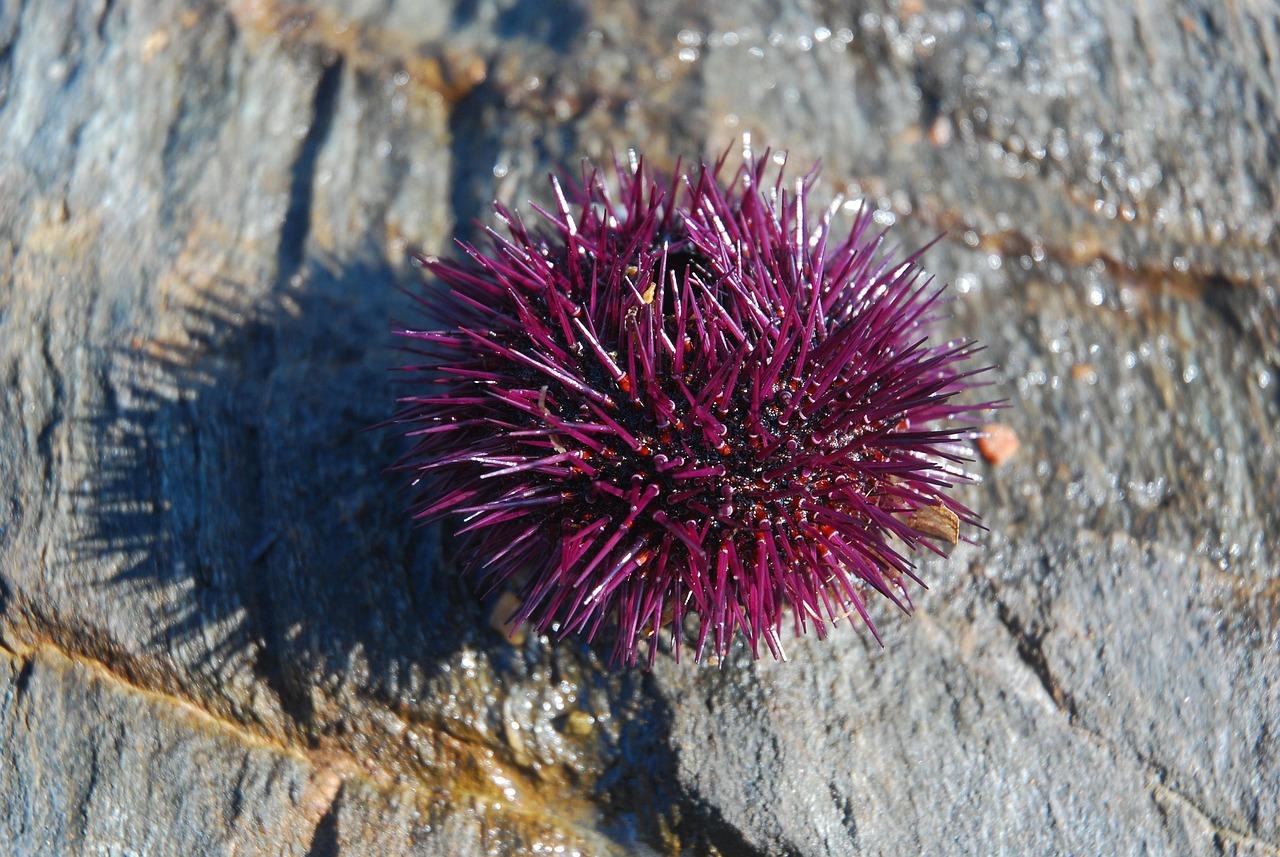
Sea urchins
Appearance
From the first glimpse, the sea urchin might look like an underwater cactus, however, it is actually a prehistoric invertebrate. Sea urchins are possibly some of the weirdest creatures one can stumble upon. Being some of the most primitive animals still alive today, sea urchins defy evolution and even symmetry with their unique body structure. For starters, sea urchins are echinoderms, which literally means that they're «spiky skinned». They have an internal skeleton, called a «test», which consists of a form of a calcium carbonate called «stereom» — an extremely porous, yet sturdy structure. They also have no brain and their mouth is located under their body. They have 5 teeth, which help them devour small marine animals and seaweed. They have spherical bodies, which can reach up to 3,5—12 cm in diameter and are divided into 5 symmetrical sections. Their spines are light sensitive. On top of that, a sea urchin is a true «methuselah» and can live up to 100 and even 200 years. Sea urchins cannot swim and usually move about on hard surfaces using their tiny tube feet as well as their spines to propel themselves.
Sea urchins procreate by spawning — a form of external fertilisation. The whole process is synchronised by the full moon. The moon phase signals the time when females release millions of eggs into the water, which in turn get fertilised. Millions of larvae are then formed, but only a few survive and make it to adulthood.
Cyprus varieties
- Parasentrotus lividus is a native species of sea urchins, which is also quite common in the Mediterranean and north-eastern Atlantic regions. It has purple medium sized spikes and lives mainly in subtidal communities, usually 10—20 metres deep. It is a herbivore variety, grazing mainly on seagrass and algae.
- Arbacia lixula is another local variety which is widespread throughout the Mediterranean and parts of the Atlantic. These sea urchins are characterised by longer black or dark-brown spikes. They like to stay on vertical surfaces of the rocks and seabeds covered with seagrass. They are omnivorous species and can consume small crustaceans and plankton as well as seaweed.
- Diadema setosum is a form of a long spined sea urchin. Initially discovered in Cyprus waters back in 2016, this invasive sea creature is believed to have travelled to Cyprus via the Suez canal from the Indo-Pacific region. Recently it was found to be thriving in Cyprus, creating a threat to the local endemic species. This long spined sea urchin is mildly venomous and its sting results in pain and swelling. However, the real danger is caused by its long spines, which usually break off when the sea urchin stings. This creates much discomfort and makes it difficult to remove them afterwards. It has been reported that this particular variety had stung the divers on many occasions.
Habitat
Generally, sea urchins prefer living on rocky seabeds, rock pools and coral reefs. They tend to choose shallow waters, around 10—20 metres deep and quite often hide in the rock crevices or cling onto rocky shelves very near the surface. Ideally, they prefer quiet and pristine waters of natural sanctuary areas, like Akamas Peninsula and Cape Greco, but can also be found throughout Cyprus near rocky beaches.
In local culture
In Cyprus they call these spiny sea creatures «aχινός» (ashinos). And, their chewing apparatus (mouth with teeth) is also called the «lamp of Aristotle» because of its resemblance to the shape of ancient oil lamps. Some locals, especially
around the coastal areas harvest endemic sea urchin varieties and consume them
raw with some lemon juice. On some occasions, the adventurous folks add sea urchin roe to seafood stew, which adds a rich briny flavour to it. And, although sea urchins are not a Cypriot cuisine staple, they are certainly considered a delicacy by many locals.
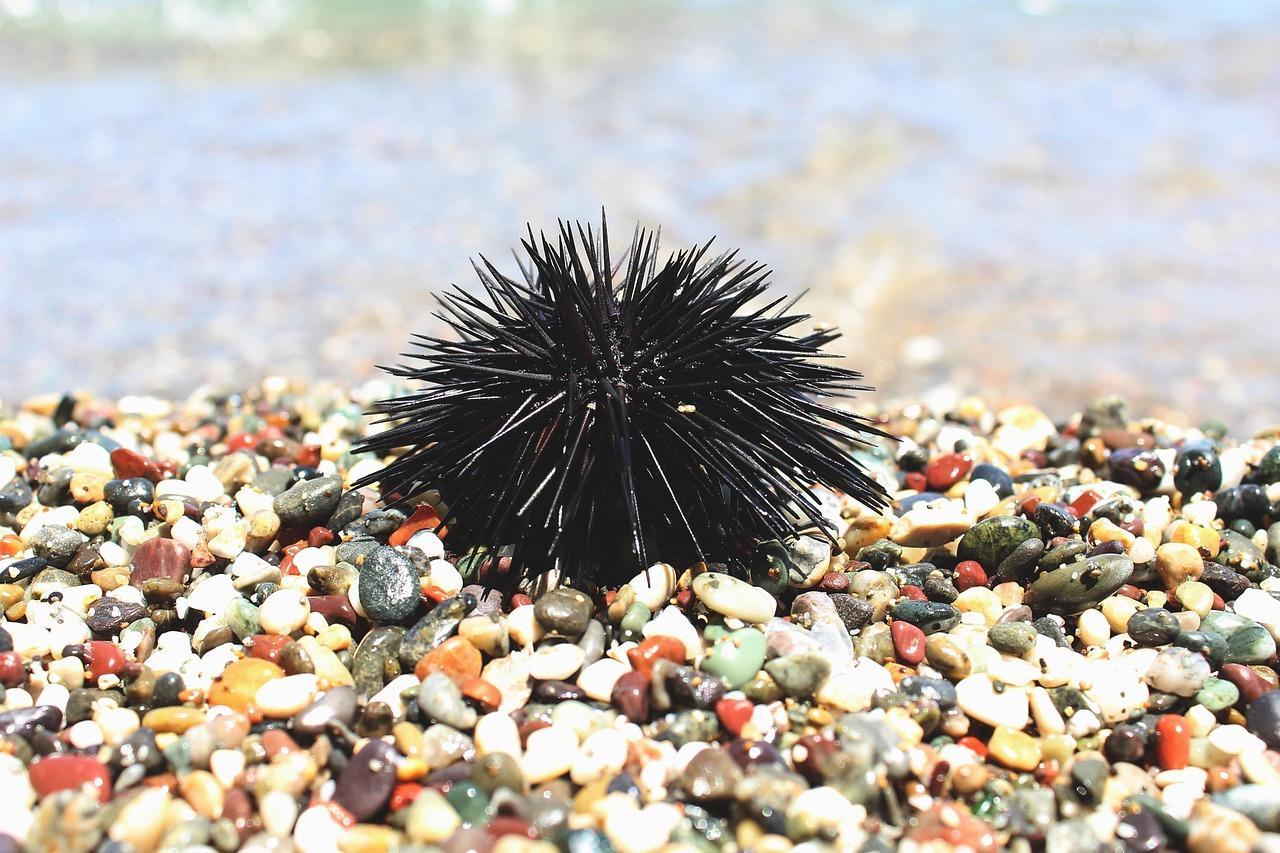
Jellyfish
Appearance
Whilst it might look like an alien creature from a recent sci-fi movie, jellyfish is actually an invertebrate. It belongs to the «phylum cnidaria» group — the same as corals, anemones and hydras. Their largely translucent bodies consist of a dome-shaped bell part, otherwise known as «medusa» and tentacles, which are covered with nematocysts — microscopic cells that inject venom into their prey. The other frilly-looking tentacles are known as «oral arms» — their main purpose is to transport the prey to the mouth of the jellyfish.
Speaking of which, the jellyfish’s mouth is located on the underside of its bell and serves as a sole opening for both entrance of food and exit of waste. They also don't have a brain as such. Instead, they use a decentralised nerve net in order to coordinate their movements, feeding process and distinguish the light. Jellyfish usually feed on plankton, larvae, crustaceans and small fish. These sea creatures move by «pulsing» — contracting their bell-shaped body. The lifespan of a jellyfish can stretch anywhere from a couple of months to several years. However, one variety — «immortal jellyfish» (Turritopsis dohrnii) can potentially live indefinitely by constantly reverting to its earlier life stage.
Interesting fact: Jellyfish have two very distinct life stages — «medusa» and «polyp» and can procreate during both stages. In the «polyp» stage jellyfish reproduce by budding, whilst in the «medusa» stage they procreate by spawning.
Cyprus varieties
- Cotylorhiza tuberculata (Fried-Egg Jellyfish) — this type is a local variety and completely harmless to humans. It got its name from the bell, which is yellow in the centre and translucently white on the edges, making it look like an egg.
- Aurelia aurita (Moon Jellyfish) is one of the most widespread species not only in Cyprus but also around the world. It's totally transparent with 4 horseshoe shaped rings on the inside. It is harmless and moves in a slow graceful manner, just like the moon in the night sky.
- Pelagia noctiluca (Mauve Stinger) — it's a native Mediterranean jellyfish variety. Reaching only 10 cm in diameter, it’s brightly coloured in purplish and pink hues. Its body and tentacles are covered in tiny luminescent spots which glow in the dark. Such a colourful appearance is a warning sign that this jellyfish is mildly venomous and its stings can cause burning sensation, pain and irritation.
- Rhopilema nomadica (Nomad Jellyfish) is an invasive species which came to Cyprus from the Red Sea via the Suez canal. It's probably the largest jellyfish in Cyprus, reaching almost 1 meter in diameter. Its body has either a milky white or bluish hue. It has a painful sting and is venomous. Although it's not deadly, it's best to avoid contact, as the sting can cause pain, swelling and burning sensation.
- Phyllorhiza punctata (Australian Spotted Jellyfish) — although it's quite a rare guest from the Pacific region, this invasive sea creature can be occasionally spotted in Cyprus waters. It has beautiful white spots on its translucent blue or brown bell. Although it's quite large — up to 50 cm in diameter, this variety is quite harmless and nothing to worry about.
Interesting fact: Comb jellies are often mistaken for jellyfish, but they belong to a different species — phylum ctenofora. These translucent small marine creatures with tiny hair-like cilia can often be spotted around Cyprus coasts in warmer months. They are completely harmless and are admired for their delicate shimmering appearance.
Habitat
Most native jellyfish species prefer warm quiet waters and can be found mostly in calm bay areas, sheltered coves, marinas and lagoons. However, the venomous varieties, including the «nomad jellyfish», often drift in deep open waters, but due to stronger currents sometimes they get washed closer to the shore where they establish polyp colonies. During the «polyp» stage, most jellyfish species like to cling onto hard surfaces, quite often in the industrial areas, such as piers, harbours and boat hulls.
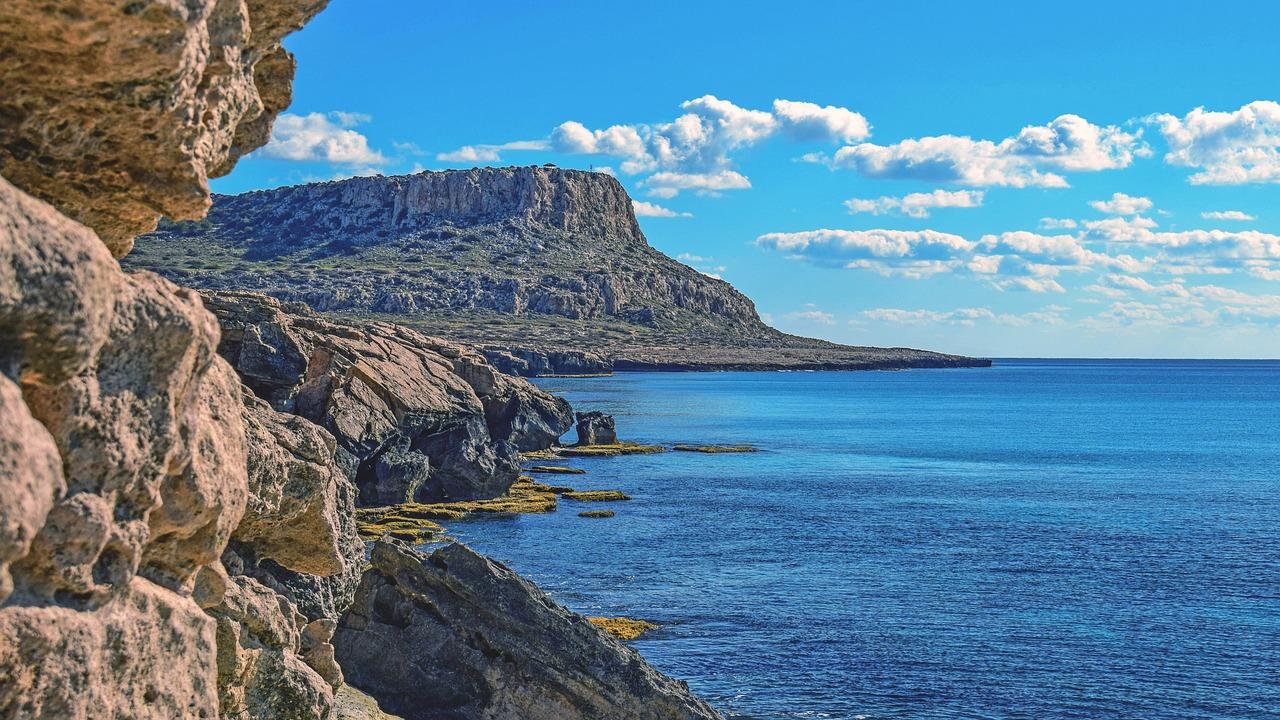
Safe beaches
Generally speaking, the sandy beaches on the western Cyprus coast are considered the safest as you will be less likely to encounter both sea urchins and jellyfish over there, since both invertebrates prefer rocky surfaces. So, beaches like Coral Bay in Paphos, Fig Tree Bay in Protaras are generally quite safe for both hazards.

Dangerous spots
For jellyfish, it's best to avoid southern and eastern shores with rocky beaches. It's reported that especially the venomous «nomad jellyfish» variety can often be spotted near Limassol and Larnaca coasts, as well as near Zygi and Vasilico beaches.
For sea urchins, it's good to stay away from the Latsi area in Paphos and Cape Greco and Konnos Bay in Ayia Napa/Protaras. Also, some rocky beaches around Larnaca and Famagusta coastlines can also have higher numbers of these sea animals, including the invasive long spined sea urchin.
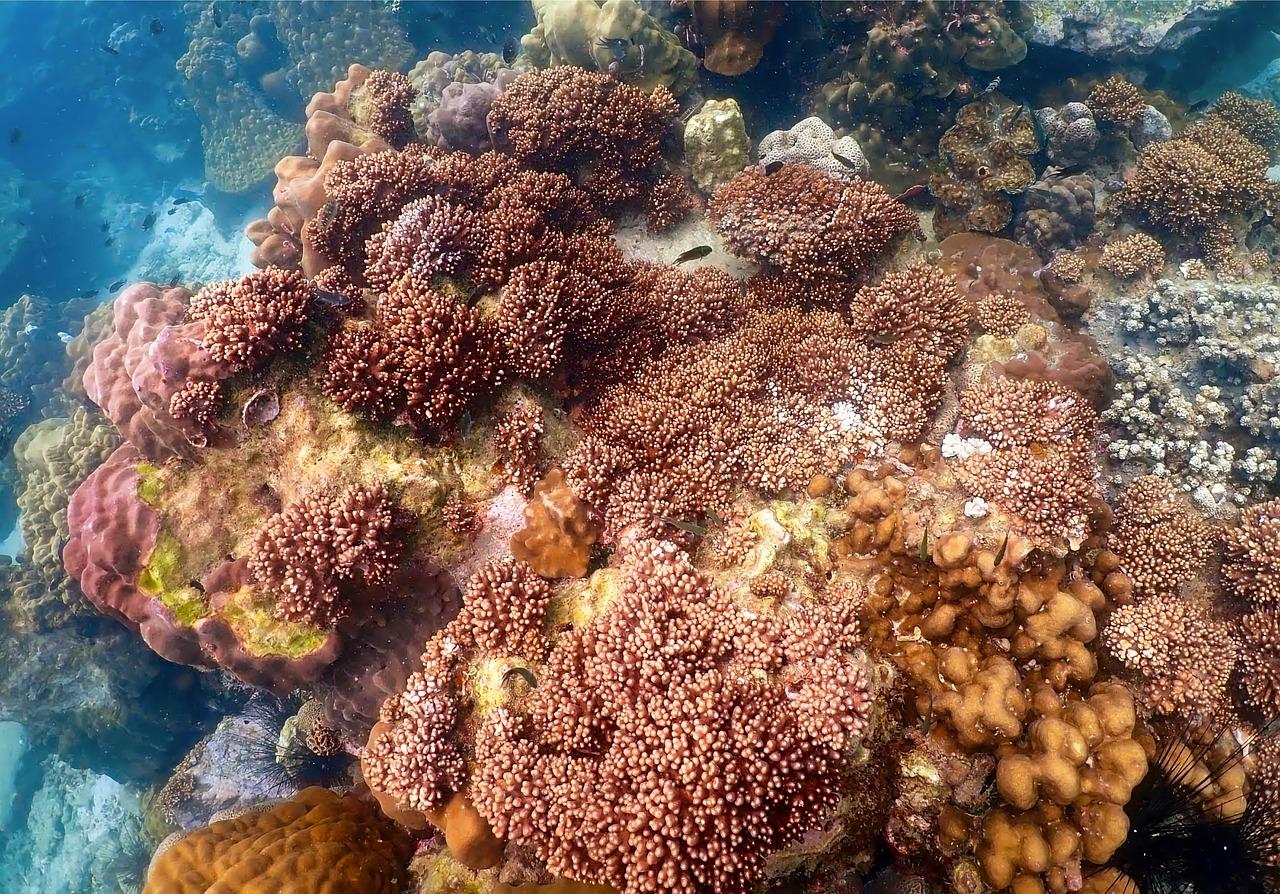
Effects on the island's ecosystem
The presence of sea urchins ensures the stability and healthy state of coral reefs. Sea urchins graze on algae, helping to prevent its overgrowth and making sure the water and rock surfaces remain clean. This, in turn, creates a favourable environment for corals, sponges and other small invertebrates to live and grow.
However, the introduction of an invasive long spined sea urchin to Cyprus waters has posed a risk to the local biodiversity. This is because a long spined sea urchin grazes actively on algae, often stripping the rocks bare. Such aggressive algae consumption destroys the fragile ecosystem of coral reef life and also leaves the local sea urchin species without food and habitat. It is reported by scientists that if the long spined sea urchin population continues to grow, the Cyprus coral reefs will become barren. The group of researchers and marine biologists are constantly surveying the dynamic of the spread of the long spined sea urchin and its effects on the local marine life.
In the meantime, the jellyfish serve as an excellent food source for many local species, including the sea turtles. However, with the introduction of invasive «nomadic jellyfish» species, the local jellyfish varieties and coral reef biodiversity are at risk.
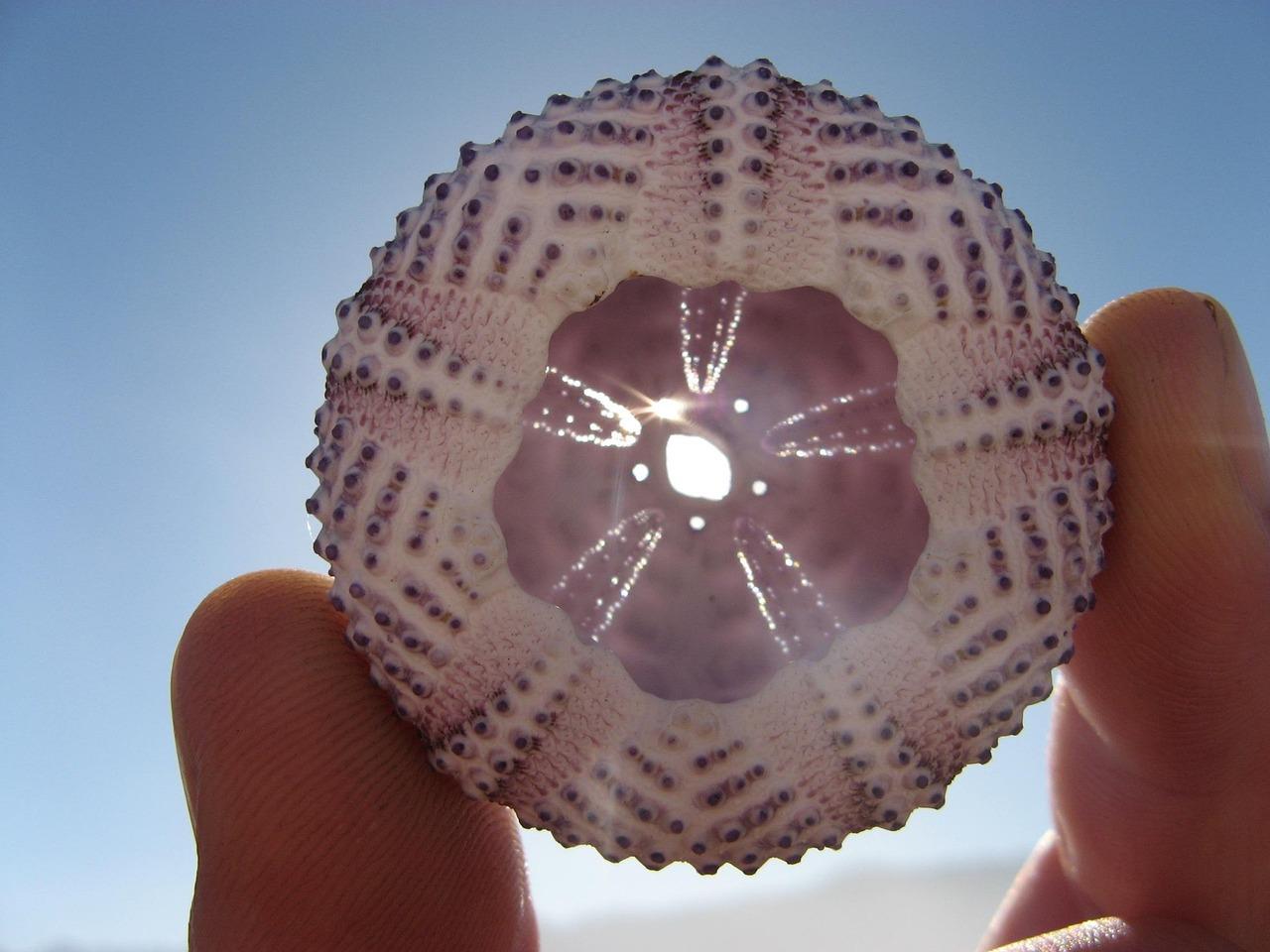
First aid tips
If stung by a sea urchin: Get out of the water and inspect the wound immediately. If you can see spines protruding from the wound, try removing them carefully. If the spines are too deep under the skin or are difficult to remove, seek professional medical help. Wash the wound with soap and water and apply antiseptic. To alleviate the pain and to neutralise the toxin, soak the wound in warm water, of around +40—45C or use a warm water compress. Do not use vinegar compresses as they are not effective against sea urchin toxins. See the doctor if you have extreme pain, swelling or signs of infection.
To avoid getting stung by a sea urchin: Avoid rocky beaches. Wear protective footwear — water shoes or diving boots. Avoid touching rock surfaces or marine life. If you’re a diver, always maintain good buoyancy and avoid clinging to the reef. Always check where you walk or stand under water.
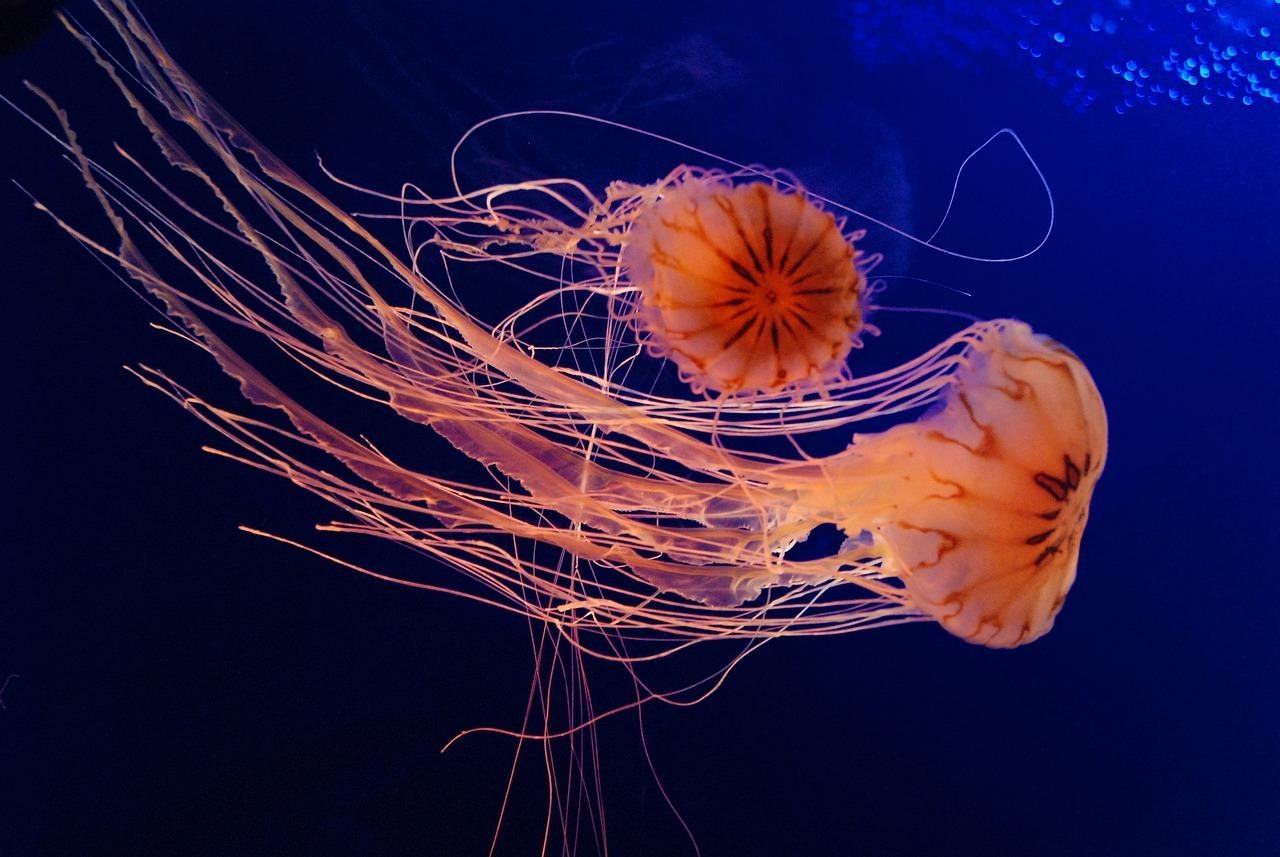
If stung by a jellyfish: Get out of the water immediately. Avoid rubbing the affected area. Avoid rinsing it with fresh water, only use sea water to clean the wound. Avoid using ammonia or alcohol on the wound as it can trigger venom release. To remove tentacles from the wound, you can use tweezers or gloves; avoid touching them with bare hands. Rinse the wound with a 4—6% vinegar solution for under 1 minute to neutralise the toxin. Immerse the wound in warm water of around +40—45C for 25 minutes to remove toxin. Seek medical attention if the sting covers a large area or you are experiencing severe symptoms or might be having an allergic reaction.
To avoid getting stung by a jellyfish: Be especially careful in the peak season (May—July) Always check beach guard’s announcements and beach flags. A purple flag meaning there's jelly fish in the water. A red/orange flag means high hazard. Avoid swimming near dead or drifting jellyfish. Avoid touching jellyfish even when it's washed onto the shore.

Famed for its biodiversity, Cyprus doesn’t stop surprising us with the variety of its wildlife. Local sea urchins and jellyfish are an equally important part of the island’s ecosystem. So, if next time you encounter them whilst swimming or diving on one of Cyprus’s beautiful coasts, don’t panic — just make sure not to touch them and always look out for them in the water. These alien-like life forms will not harm you if you admire them from a distance. Stay safe and enjoy the incredible local beaches and wildlife!

